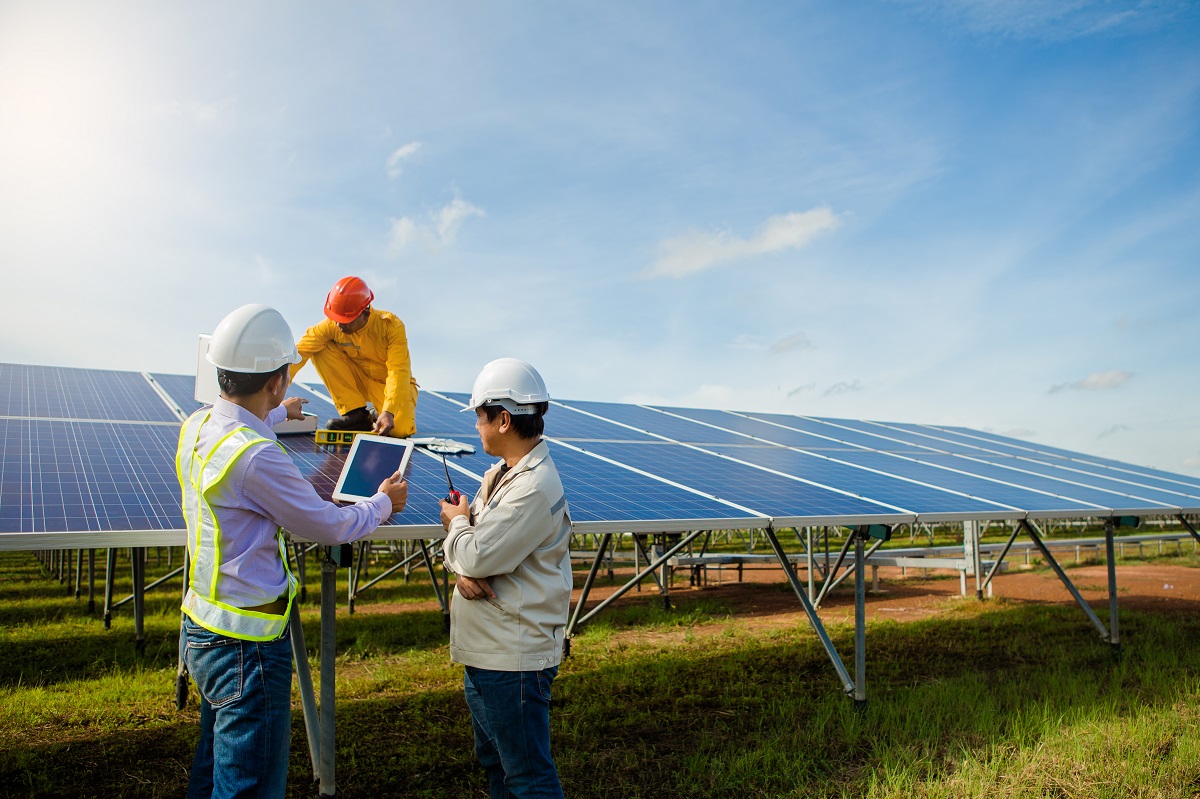- Solar energy, a clean and renewable source, powers homes, businesses, and vehicles, reducing carbon emissions.
- It’s a cost-effective solution, with dropping solar cell prices making solar energy increasingly affordable.
- The accessibility and versatility of solar panels make it a widely applicable energy solution.
- Solar panels provide a reliable energy source even during power outages or natural disasters.
- Drone inspections, thin-film technology, and bifacial solar cells are enhancing the efficiency of solar panels.
The world is gradually moving towards renewable energy sources, and solar energy is one of the most popular alternatives to fossil fuels. This transition to solar energy is not just happening because it’s trendy; it’s because solar energy is the future of energy production. Here’s a look into the usage of solar panels today, reasons it’s the energy source of the future, and technologies helping solar panels become more efficient.
Usage of Solar Panels Today
It’s estimated that about four million homes are powered by solar energy in the United States. This is a significant increase from just 30,000 homes in 2006. More and more people are realizing the benefits of using solar panels, both financially and environmentally.
Solar panels are used for residential purposes, commercial buildings, and large-scale power plants. Many companies have also started investing in solar energy as it reduces energy costs and helps them achieve sustainability goals.
Moreover, with the rise of electric cars, people also use solar energy to power their vehicles. This further increases the demand for solar panels and reinforces its position as a viable energy source.
Reasons why Solar Energy is the Future

Several reasons make solar energy the clear choice as the future energy source for the world. Here are some of them:
Clean and Renewable
One of the primary reasons solar panels are the energy source of the future is that they are an eco-friendly way of generating power. Solar panels do not emit greenhouse gases or pollutants. As we all know, fossil fuels release harmful pollutants, which affect the environment negatively. Solar panels, on the other hand, collect energy from the sun, a clean renewable resource.
Cost-Effective
Unlike traditional sources of energy, the production of solar energy has a relatively low cost of operation. The initial investment cost for solar panel installation can be expensive, but your long-term savings can be significant if you consider the energy saved over time. The cost of producing solar cells is dropping drastically yearly, so solar energy is becoming more affordable.
Accessible and Versatile
Apart from being cost-effective, solar energy is accessible and versatile. Solar panels are easy and can be installed almost anywhere, from rooftops to open fields. With solar panels, you are not limited to one mode of energy production. You can use them to power your home, business, or any other application. Solar-powered cars are also being tested and manufactured so that solar energy could revolutionize transportation.
Reliable Source
Solar panels operate efficiently and effectively. Even during power outages or natural disasters, solar panels will continue to provide power, provided there is sunlight. Unlike generators that require fuel and can be affected by mechanical faults, solar panels require little to no maintenance, reducing the chances of failure.
Technologies Helping Solar Panels Become More Efficient
For solar energy to become the dominant energy source, the efficiency of solar panels needs to be improved. Here are some technologies that are helping make this possible:
Drone Inspections

The maintenance of solar panels is relatively expensive because inspections can take too much time and effort. A reliable solar panel drone inspection can see the issues of solar panel faults and provide accurate data. With drone inspections, it’s easier to identify and repair any problems quickly, keeping the panels running efficiently.
Thin-Film Technology
Thin-film technology is used to create flexible solar panels that can be integrated into various surfaces like windows, roofs, and clothing. This technology has helped reduce the size and weight of solar panels while increasing their efficiency.
Bifacial Solar Cells
Bifacial solar cells collect energy from both sides of the panel, making them more efficient than traditional single-sided panels. These cells are becoming more popular in large-scale solar installations due to their higher power output.
The future of energy production is headed towards renewable sources, and solar energy is at the forefront. With technological advancements and increased usage, solar panels are becoming more efficient and cost-effective. The potential for this clean energy source is limitless, making it a clear choice for the future. So, it’s time to join the movement towards a cleaner and sustainable.

